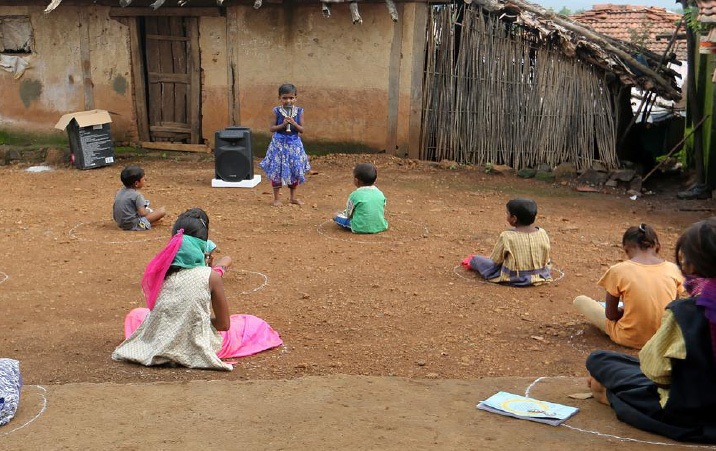Over 30 years ago, nonprofit entrepreneur Pawan Gupta founded the Society for the Integrated Development of the Himalayas (SIDH). The NGO’s purpose was to create high-quality schools in the remote Himalayan Mountains of India. However, his initial plan didn’t turn out quite as he had imagined.
As a well-educated engineer and graduate of the Indian Institute of Technology Delhi, Gupta arrived with only good intentions. He sought to pass knowledge and resources gained through his modern education onto local villagers. As the villages were incredibly remote, few residents had access to a decent school.
Assuming great education was a one-size-fits-all system, Gupta and his team initially developed programs and taught students based upon his own educational upbringing. If the structure worked in one location, they imagined it would be equally successful within any other.
But as time passed, the SIDH team saw that the programs weren’t embraced as they had expected. The school even began to create animosity among the locals. They felt that SIDH was transforming their children from proud members of their traditional communities into imitations of urban dwellers from tech hubs like Bangalore.
It all culminated within a single, unexpected interaction that changed everything. “This wise woman said to me,” Gupta remembers. “‘Your education is ruining our education. You must teach them how to be. Not how to appear to be.’
The interaction jolted Gupta. “Coming from an English-educated background, I carried this arrogance,” Gupta admits. Becoming introspective, he wanted to understand why and where the misalignment existed between urban vs. rural education.
Inspired by writings from Mahatma Gandhi about the importance of cultural knowledge and preservation, he began seeing these villages in a new light. They weren’t miniature versions of big cities, but unique communities with various needs, beliefs, and aspirations.
Looking back, Gupta realized his team was teaching students how to look, speak, and act like their peers in a metropolis like Mumbai or New Delhi—not rural villagers living high in the Himalayas. The facade wasn’t just ineffective for education. It was stripping away their culture’s essence and character. This had to change.
Gupta’s vision made clear what had to change. He shifted the educational strategy at SIDH completely. The new, alternative school system was based upon the actual culture, demographics, feedback, and desires within the community—and it worked.
SIDH continued to teach both children and adult learners typical subjects like literacy and math. They also began programs that taught students how to turn their village’s own traditions—like sewing, agriculture, and craft-making—into income-building commodities. Out of this emerged communities who stood more educated, self-reliant, and cohesive than ever.
Three decades later, SIDH schools have served over 40 villages in India. It continues to thrive as a living testament to the power of reimagined education. Students now leave the classroom with skills that benefit both themselves and their home.
In addition to his ongoing work with SIDH, Gupta advocates for the implementation of similar alternative education and school systems. After seeing success firsthand, he hopes other leaders and communities adopt similar concepts worldwide.
He also encourages people to look beyond what’s familiar. The greatest innovations come from outside our comfort zones and alongside those with contrasting experiences. “It’s great to embrace what you know,” Gupta says. “It’s essential to accept the unexpected.”
COURTESY – FORBES








